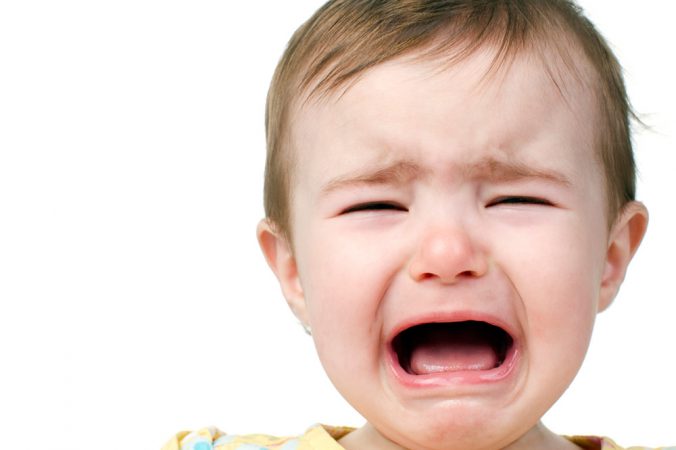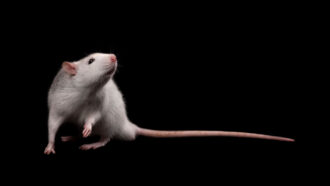Perfect pacifier
In people and mice, carrying a baby calms it

Here’s the ultimate pacifier for a crying baby: a mother’s arms. Or a mother’s mouth, depending on the species. In a study published in April on human infants and mouse pups, scientists found that panicking youngsters calmed down when mom scooped them up.
The babies stopped crying. Their bodies stopped fidgeting. And their racing hearts slowed.
This reaction doesn’t only make the parents feel better. It may be a survival strategy for the baby. The researchers suggest that a calm baby is easier to carry, which means mom can more easily rescue them from danger. After all, a wriggling mouse pup is harder to tote than one that’s relaxed.
The strategy makes sense, John Harrington told Science News. He is a pediatrician — or doctor who specializes in treating children — at Eastern Virginia Medical School in Norfolk. “If you’re running away from a predator, you’d want your child huddled against your chest and quiet,” he said. Harrington was not involved in the new study.
Kumi Kuroda, from the Riken Brain Science Institute in Saitama, Japan, led the new study. Kuroda studies how parent-infant relationships in mammals affect the brain.
Other scientists had sought effective ways to calm distressed babies. Kuroda says she’s the first, however, to study how being carried changes vital processes in a baby’s body.
For the new experiments, her team attached heart monitors to 12 healthy babies, all less than 6 months old. (A heart monitor measures how fast a heart beats.) Mothers were told to hold their babies while sitting in a chair or walking around the room, or to lay them in a crib. The scientists recorded these three actions on video. Crying, movement and heart rate all shot up when the babies were in the crib. They calmed immediately when their moms picked them up and started walking. Holding a baby while sitting in a chair calmed babies less than holding them while walking, but more than placing them in a crib.
Mouse pups reacted the same way. For this part of the experiment, the scientists moved the mouse babies away from their nests. Mouse moms then used their mouths to pick up the babies by their necks and return them to the nest. As they were carried, the mouse pups tucked in their legs and held still. Their heart rates also slowed.
The scientists then gave drugs to the mouse pups so they couldn’t feel mom’s mouth on their neck. The researchers repeated the experiment. This time, the babies squirmed when their mothers picked them up. And it took longer for the mom and baby to return to the nest. In nature, a quick getaway might be needed for survival. Kuroda says that a mother may leave her squirming mouse pup behind if a predator is approaching.
Seeing the same reaction in people and mice suggests a common adaptation among mammals. But different species may have different reasons for that reaction, notes Rebecca Pillai Riddell. She’s a child development researcher at York University in Toronto, Canada.
“It’s neat to draw parallels between different species,” she told Science News. “But we have to be careful when generalizing animal studies to humans.”
Baby Whisperer from Science News on Vimeo.
In this video, a mom alternates between walking around and sitting down while holding her baby. The graph at the bottom shows how much time passes between the baby’s heartbeats. Peaks in the graph indicate more time between heartbeats, so a slower heart rate. Dips in the graph indicate less time between heartbeats, or a faster heart rate. Credit: Current Biology, Esposito et al.
Power Words
mammal A warm-blooded animal distinguished by the possession of hair or fur, the secretion of milk by females for feeding the young, and (typically) the bearing of live young.
adaptation A process by which an organism or species becomes better suited to its environment.
predator An animal that preys on others.
pediatrics The branch of medicine dealing with children and their diseases.







